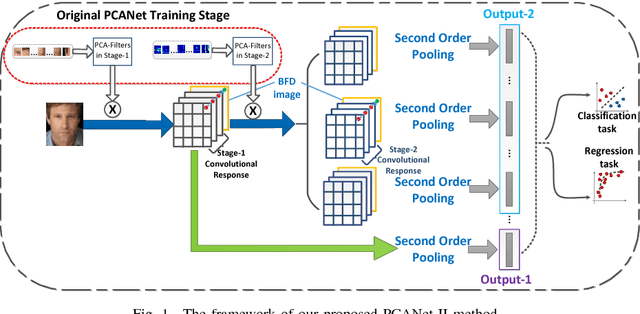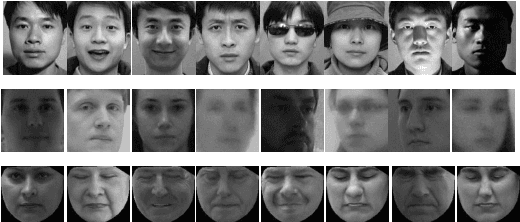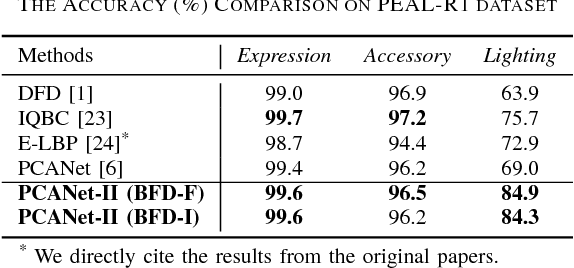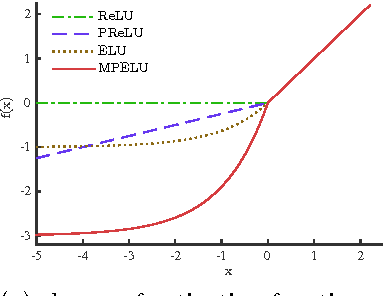Yue Ming
PCANet-II: When PCANet Meets the Second Order Pooling
Sep 30, 2017



Abstract:PCANet, as one noticeable shallow network, employs the histogram representation for feature pooling. However, there are three main problems about this kind of pooling method. First, the histogram-based pooling method binarizes the feature maps and leads to inevitable discriminative information loss. Second, it is difficult to effectively combine other visual cues into a compact representation, because the simple concatenation of various visual cues leads to feature representation inefficiency. Third, the dimensionality of histogram-based output grows exponentially with the number of feature maps used. In order to overcome these problems, we propose a novel shallow network model, named as PCANet-II. Compared with the histogram-based output, the second order pooling not only provides more discriminative information by preserving both the magnitude and sign of convolutional responses, but also dramatically reduces the size of output features. Thus we combine the second order statistical pooling method with the shallow network, i.e., PCANet. Moreover, it is easy to combine other discriminative and robust cues by using the second order pooling. So we introduce the binary feature difference encoding scheme into our PCANet-II to further improve robustness. Experiments demonstrate the effectiveness and robustness of our proposed PCANet-II method.
Improving Deep Neural Network with Multiple Parametric Exponential Linear Units
Jan 17, 2017



Abstract:Activation function is crucial to the recent successes of deep neural networks. In this paper, we first propose a new activation function, Multiple Parametric Exponential Linear Units (MPELU), aiming to generalize and unify the rectified and exponential linear units. As the generalized form, MPELU shares the advantages of Parametric Rectified Linear Unit (PReLU) and Exponential Linear Unit (ELU), leading to better classification performance and convergence property. In addition, weight initialization is very important to train very deep networks. The existing methods laid a solid foundation for networks using rectified linear units but not for exponential linear units. This paper complements the current theory and extends it to the wider range. Specifically, we put forward a way of initialization, enabling training of very deep networks using exponential linear units. Experiments demonstrate that the proposed initialization not only helps the training process but leads to better generalization performance. Finally, utilizing the proposed activation function and initialization, we present a deep MPELU residual architecture that achieves state-of-the-art performance on the CIFAR-10/100 datasets. The code is available at https://github.com/Coldmooon/Code-for-MPELU.
 Add to Chrome
Add to Chrome Add to Firefox
Add to Firefox Add to Edge
Add to Edge